If you ask a machinist how they cut a slot into a workpiece, they will answer that they used a milling machine. However, to be specific, that person should tell you which of the approximately fifteen types of milling machines they chose to machine that slot, why they decided on it, and whether there was another type they could have used if they had one in their shop. CNC milling machines have taken over much of the territory that once belonged to machines that went by the name of drum milling machines, C-frame milling machines, and simplex milling machines. There are too many to cover all in one blog so in this 2 part blog we touch on a few different types of milling machines and their uses for different projects.
Vertical Milling Machine
The most common type of milling machine is the the vertical milling machine. It has a vertical spindle for attaching milling cutters, such as end mills and face mills, for various milling operations. The machine is used for machining grooves, slotting keyways, producing flat surfaces, and drilling and boring holes.
Vertical mills use different cutting tools with cutting edges to remove material from workpieces made from metals, wood, plastics, etc. Today, vertical milling machines have computer numerical control (CNC) and are operated manually or combined. The machine’s worktable moves horizontally right to left, in and out, and sometimes up and down but always perpendicular to the spindle axis. On some vertical mills, the table does not move up and down; instead, the spindle head moves.
Horizontal Milling Machine
Some call it a plain milling machine, but for most machinists, it’s a horizontal milling machine, it’s named because the spindle is parallel to the worktable instead of perpendicular as with the vertical mill. However, like the vertical mills, the machine moves along three axes, but the cutting tools will be mounted horizontally.
Besides the horizontal spindle, the machine also contrasts with the vertical mill in that it can use a horizontal arbor featuring different cutting tools than the vertical mills. Horizontal milling machines tend to be more rugged, and you’re likely to see them working on larger workpieces and roughing cuts.
CNC Milling Machine
Also known as computer numerical control milling machines, CNC mills have computerized controls and work with minimal human interaction. Cutting tools are programmed to remove material from flat or contoured surfaces, and cutting materials is typically faster than with manual machines. As a result, CNC milling machines are excellent for production work. Still, because they can machine complex shapes, they are also ideal for custom-designed parts requiring precision, detail, and a better surface finish.
As with any type of machine used for milling, a CNC milling machine relies on rotary cutters moving along multiple axes to complete the milling process. Various types of CNC machines can operate on several axes (sometimes five or more) to produce the kind of complex parts you would find in the aerospace industry.
CNC milling machines are vertical and horizontal machining centers with features including automatic tool changers, tool magazines, enclosed worktables, and coolant systems.
Universal Milling Machine
One of the most versatile standard machines you can own, the universal milling machine performs various milling operations since it can be set up as a horizontal or vertical milling machine. Adding attachments such as an indexing head, slotting attachment, or rotary table increase the machine’s versatility.
Many shops use the universal mill to produce tooling like milling cutters, reamers, drills, etc. Aside from the CNC milling machine, no machine on this list can perform as many milling operations. Helping this is a worktable that swivels up to 45 degrees on both sides, allowing for helical milling.
Contact Us
Get in touch with us today to talk about your milling project! We would love to help you complete your project and answer any questions you might have. You can contact us by filing out the contact form on our website.

